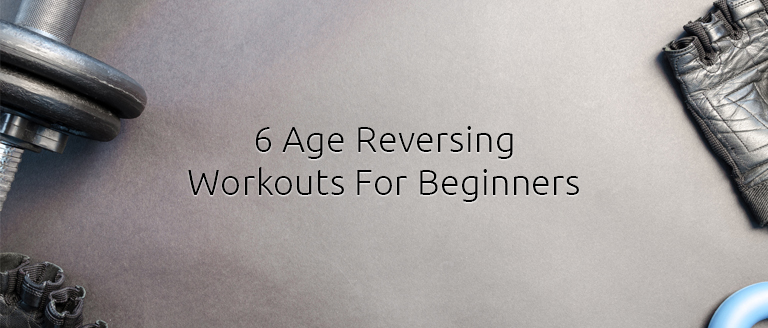 As our bodies age, there’s a tendency to want to maintain our youth and vitality, while remaining pain-free, have correct posture, and be energetic.
As our bodies age, there’s a tendency to want to maintain our youth and vitality, while remaining pain-free, have correct posture, and be energetic.
However, this may not be the reality for everyone, unless you start taking small steps towards aging backward.
There are thousands of books on great health and how to exercise from the get-go to slow down the aging process, but how to pick out what works for you, while leaving out the crazy routines, can be a challenge.
A gentle, full body workout for beginners will help you achieve the goals of staying energetic, pain-free, and still maintaining your posture.
This is made possible by boosting your energy, unlocking your body, and setting you on the right path.
Want to reawaken the power of your muscles, increase mobility, and improve your flexibility?
Here are 6 age-reversing workouts for beginners to get you started today.
1. Squats

Aging comes with serious risks to our health, such as osteoporosis. Bones get weaker, which places them in danger of breaking, either after falling or other mishaps.
Exercises such as squats help to work your glutes, hips, and hamstrings efficiently, while strengthening your bones.
This is especially critical for women, as they make up a significant percentage of people diagnosed with osteoporosis.
Squats are weight-bearing exercises that force your body to work against gravity. They use both legs so you don’t strain one over the other.
There are many squat variations that can help you find the best position for you, and help prevent lower back problems while enhancing flexibility.
2. Dumbbell Raises
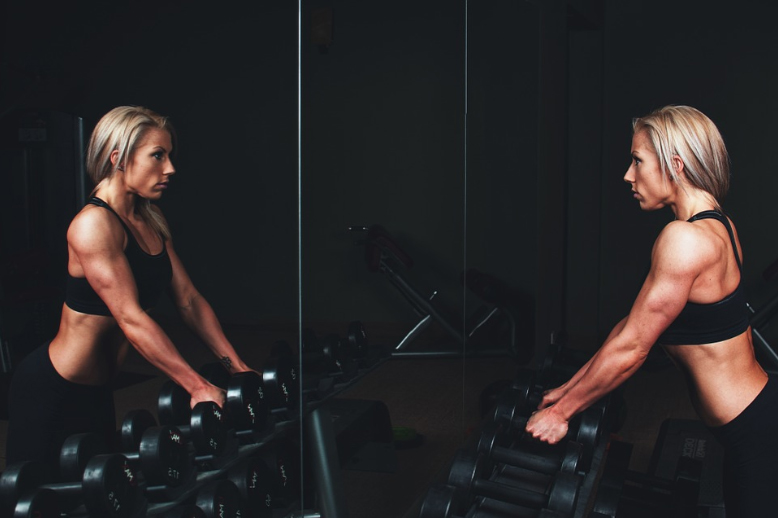
Dumbbell raises are a fundamental exercise, especially in weight training, that beginning trainers benefit from.
There are different variations to dumbbell raises, but the most common are the front, side and lateral raises.
For the front raise, you would start with a dumbbell in each of your hands held at high level, raise them parallel to the surface, and return to the beginning position to finish one repetition of the exercise.
This strengthens the shoulder while working on your pectorals (upper chest muscles). Side and lateral raises work on your back and side effectively and need little or no flexibility or movement.
They also work your muscles, instead of the joints, so you can use it for strength or endurance.
3. Lunges
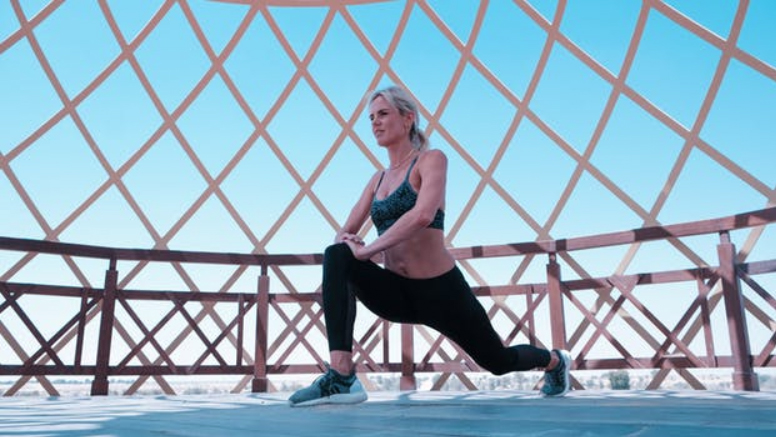
Lunges may be harder than doing squats or dumbbell raises, but they are more efficient when it comes to hitting your hamstrings and glutes than squats would be.
This is crucial as the muscles at the back of your legs are weakened by the many years spent sitting down. When you train these muscles, you are able to prevent lower back problems, while enhancing flexibility on your hips and legs.
There are variations to the lunge, including side lunges, static lunges, assisted lunges, and many more, which could be the key to reversing aging, while keeping your mind young.
Scientists have also discovered a link between the strength of your legs and the brain’s ability to resist the effects of aging. It’s creating a protective relationship between your brain’s performance and the leg muscle force.
Your legs have the largest muscles so they’re relevant for muscular fitness and lunges are a good way to exercise them easily.
4. Aerobics
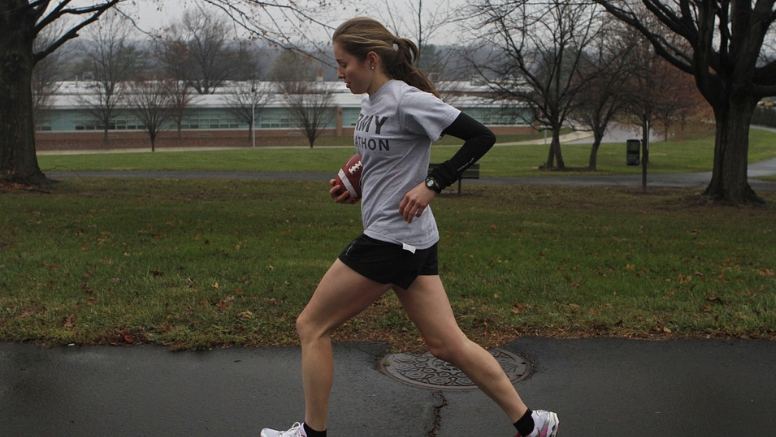
Cardio and strength training have been tied to anti-aging or reversed aging benefits.
Aerobic exercise (cardio) gets your heart pumping and your body sweating, while strength training helps keep the aging muscles from getting weaker over time.
Through aerobics such as standing or walking, your heart and lungs are kept in tip-top shape as this reduces blood pressure and slows your heart rate.
There are several benefits that aerobic workouts bring, including lowering the risk of heart attack and stroke, promoting healthy skin, and clearing your mind.
You can take a brisk walk or jog if you like, but start with a few minutes and switch things up as you go along.
An example is to start by walking backwards, then change the surface on which you walk; or side shuffle and take the stairs. Ideally, this constitutes a full workout which can last you about 30 minutes to just a little under an hour.
5. Stretches
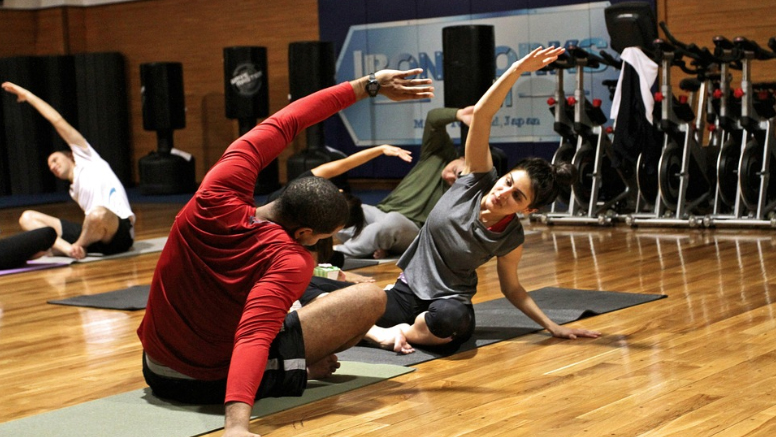
Aging makes our bodies less flexible and more prone to injuries.
Stretching is a great workout to ensure you raise your range of motion while slowing down degeneration around the joints.
Stretches are usually great when starting or winding up a good workout as they work on your entire body, and keep you feeling great.
You can start by standing with your feet apart, and arms behind you then interlock your hands and move them up as far from your tailbone as possible. This should be done in a relaxed, not stiff manner and hold the position.
6. Planks and Balance Exercises
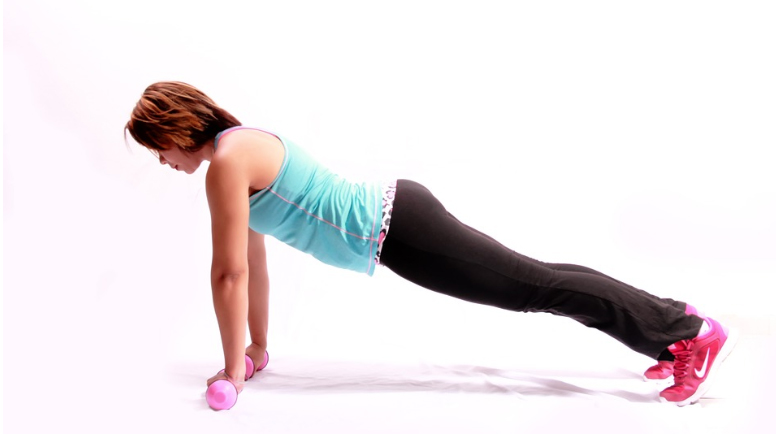
Planks are one of the most popular exercises in the past few years, and for good reason.
They hit your back, side muscles, and abs, which make up your core, without the risk of joint injuries.
Workouts such as crunches, sit-ups, jackknifes and other core routines can worsen joint problems, but planking is a no-movement (isometric) exercise that’ll lower the risk of injury to none.
As long as your muscles are working out, it is a highly efficient exercise for developing the strength of your core.
Balance exercises are great as well, such as standing on one foot, as these enhance your balance and work your mind.
You can incorporate this into your day by raising one leg ensuring your knee and hip form a 90-degree angle. Hold this for one minute. Increase as you go along and do it on both sides.
Summary
Exercising is being recognized today, more than ever before, as the closest thing to a miracle drug.
Not only do regular movements seem to benefit our minds and bodies, but they also have some effect on aging, protecting us from many aspects of its slow wear and tear.
Physical activity has been shown to be beneficial, especially its effect on the aging of our brains, releasing hormones that encourage the nerve cells in our brain to grow.
However, doctors are still carrying out more research to better understand these relationships between the amount and type of fitness, and the cause-effect of the same on our brain structure and cognition.

Diana Paul is a certified nutritionist who writes for leading health blogs. She is a master herbalist, yoga teacher, forager, and wild-crafting writer She is focused on helping people transform life blocks to opportunities. Based in NYC, she often holds health seminars and lectures.
